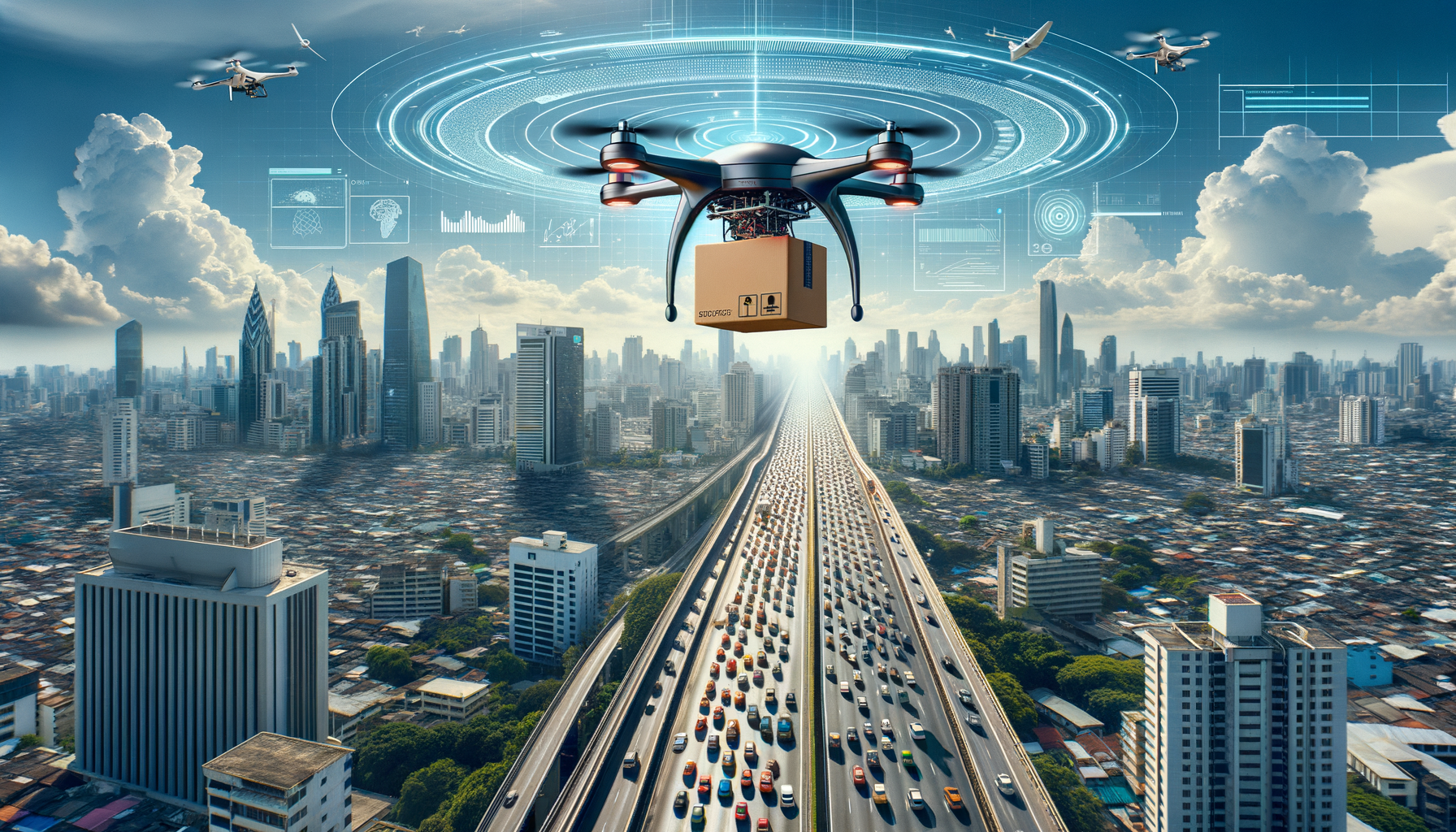Surveillance Drones: Redefining Security and Observation
In recent years, the advent of technology has revolutionized the way we approach surveillance and security. Among the most significant innovations in this field are surveillance drones. These unmanned aerial vehicles (UAVs) have transformed traditional methods of observation, bringing both unprecedented capabilities and ethical dilemmas to the forefront of public discourse.
The Rise of Surveillance Drones
Initially developed for military applications, surveillance drones have quickly adapted to various civilian uses. With advanced imaging technology and real-time data capture capabilities, these drones provide a bird's-eye view that conventional cameras and ground-based monitoring systems cannot achieve.
In urban environments, police departments have begun deploying drones to monitor crowds during large events, assist in monitoring traffic patterns, and even aid in search and rescue operations. Their ability to cover vast areas quickly makes them an attractive option for public safety officials and emergency responders.
Cutting-Edge Technology in Observation
Modern surveillance drones are equipped with high-resolution cameras, thermal imaging, and even the capacity to detect movement and sounds. This technology allows for enhanced surveillance capabilities, making it possible to monitor large areas without the need for multiple personnel. In agriculture, drones are being utilized for crop monitoring, allowing farmers to assess fields for health and growth efficiently.
Furthermore, the data collected by drones can be processed using artificial intelligence algorithms, enabling a more nuanced analysis of the imagery captured. This can lead to improved decision-making processes in various industries, from security to resource management.
Privacy Concerns and Ethical Implications
However, the increasing use of surveillance drones raises significant ethical questions. One of the most pressing concerns pertains to privacy. With drones capable of flying over private property and capturing images, the line between public safety and intrusion at home becomes blurred. Critics argue that the widespread use of surveillance drones can lead to unwarranted monitoring of individuals and communities, effectively creating a society where people are under constant scrutiny.
Legislation is struggling to keep pace with technological advancements, resulting in a patchwork of laws and regulations surrounding drone use. Balancing the benefits of surveillance technology with the need for privacy rights is critical as we pave the way for a future in which drones play an integral role in our lives.
The Future of Drones in Public Security
Looking ahead, the potential for surveillance drones is vast. As technology continues to evolve, so too will their applications. For instance, the integration of drones with other technologies, such as Internet of Things (IoT) devices, could lead to smarter cities that can handle crises with unprecedented efficiency.
Deployment scenarios could become more dynamic as drones work alongside traditional security forces, creating a collaborative approach to safety and observation that is both proactive and reactive. Ultimately, sustainable integration of surveillance drones will require careful consideration of ethical implications, public acceptance, and regulatory frameworks to ensure that we do not sacrifice privacy for security.
Conclusion
Surveillance drones are redefining the landscape of security and observation in profound ways. Their ability to provide oversight and assist in emergency response operations is invaluable in today’s world. However, as society continues to embrace this technology, it is imperative that we engage in meaningful discussions about the balance between security needs and individual privacy rights. The future of surveillance drones hinges not only on their capabilities but also on our collective commitment to responsibly harnessing their potential.
